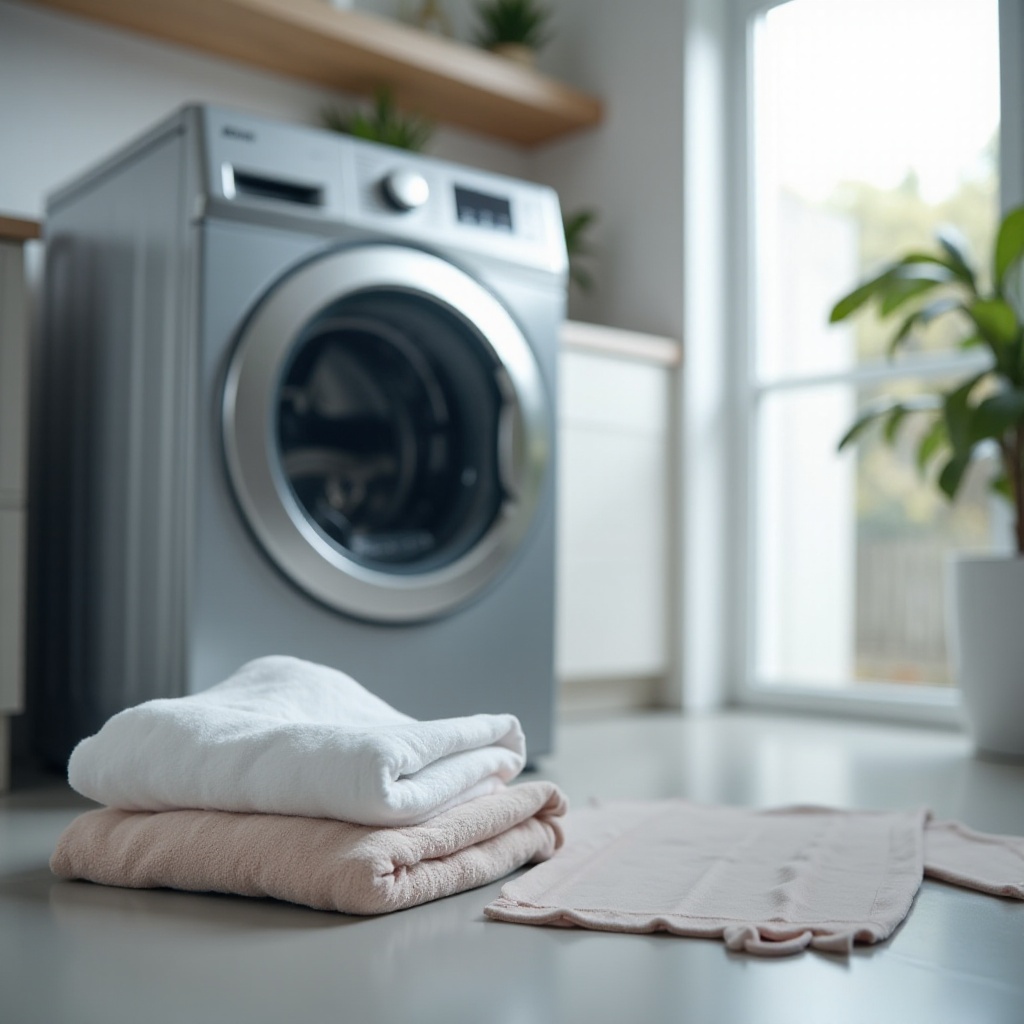Introduction
Lint on clothes after washing can be an annoying and persistent problem. Not only does it affect the appearance of your garments, but it can also be a sign of an underlying issue with your washer. Understanding why your washer leaves lint on clothes and how to address this issue can help ensure that your laundry comes out clean and presentable every time.
Understanding Why Washers Leave Lint on Clothes
Several factors can contribute to lint being left on clothes during the wash cycle. By identifying these causes, you can take appropriate action to mitigate the problem.
Improper Sorting of Laundry
One of the most common reasons for lint on clothes is improper sorting of laundry. Mixing lint-producing fabrics like towels and blankets with clothes made of lint-attracting materials such as synthetic fibers can result in lint transfer. Always sort your laundry by fabric type to minimize lint issues.
Overloading the Washing Machine
Overloading your washer is another culprit behind lint problems. When the washer is too full, clothes cannot move freely, causing friction that leads to lint production. Stick to the recommended load size for your washer to ensure optimal performance.
Faulty or Clogged Lint Filter
A faulty or clogged lint filter can prevent lint from being properly collected during the wash cycle. Regularly check and clean the lint filter to ensure it functions correctly, and replace it if necessary.
Diagnosing Lint Issues in Your Washer
Before you can effectively address lint problems, you need to diagnose the specific cause. Here are some steps to help you identify the issue.
Identifying Signs of Lint Buildup
Look for lint on various areas of the washer, such as the drum, gasket, and dispensers. Accumulated lint on these parts suggests that it’s not being effectively collected during washes. If you spot significant lint buildup, it’s time to take action.
Inspecting Your Washing Habits
Consider your washing habits to determine if they might be contributing to the lint problem. Think about how you sort laundry, the detergent you use, and whether you overload your machine. These habits can significantly influence lint production.
Checking Washer Maintenance History
Review the maintenance history of your washer. If it’s been a while since you’ve performed a thorough cleaning or filter replacement, these factors could be contributing to the lint issue. Regular maintenance is crucial for optimal washer performance.
Solutions to Lint Problems
Once you’ve diagnosed the cause of the lint problem, it’s time to tackle the issue with effective solutions.
Cleaning and Checking the Lint Filter
Regularly clean and inspect your washer’s lint filter. Remove any accumulated lint, and ensure that the filter is in good condition. If the filter is damaged or worn out, replace it to improve lint collection during washes.
Properly Sorting Laundry
Always sort laundry by fabric type to prevent lint transfer. Wash lint-producing items separately from lint-attracting fabrics. This simple step can significantly reduce the amount of lint left on your clothes.
Avoiding Overloading the Washer
Ensure you’re not overloading the washer. Maintain the recommended load size for your machine to allow clothes to move freely and reduce friction. This will help minimize lint production during the wash cycle.
Correct Washer Settings and Wash Cycles
Use the appropriate wash settings and cycles for different fabric types. Delicate cycles for sensitive fabrics and longer wash cycles for heavily soiled items can help reduce lint. Additionally, consider using a lower spin speed to prevent excessive friction.
Using the Right Detergent and Fabric Softener
Choose high-quality detergent and fabric softener designed to reduce lint buildup. Some detergents contain enzymes that break down fibers, while fabric softeners can help reduce friction between garments. Follow the manufacturer’s recommendations for the best results.
Preventive Measures for Future Lint Problems
Taking preventive measures can help keep your washer running smoothly and prevent lint from becoming a recurring issue.
Regular Maintenance and Cleaning
Perform regular maintenance and cleaning on your washer. This includes cleaning the drum, gasket, and dispensers, as well as running a cleaning cycle with a washer cleaner every few months. Regular maintenance will help ensure your washer operates efficiently.
Benefits of High-Efficiency Washers
Consider investing in a high-efficiency (HE) washer. HE washers are designed to use less water and energy, and they often have better lint removal systems than traditional models. While they can be more expensive upfront, they are cost-effective in the long run.
Using Laundry Bags for Delicates
For delicate items prone to lint buildup, use mesh laundry bags. These bags help protect sensitive fabrics from friction and reduce the amount of lint generated during the wash cycle. They can also extend the life of your garments.
Conclusion
Lint on clothes after washing can be frustrating, but it’s a manageable issue with the right approach. By understanding the causes, diagnosing the problem, and implementing effective solutions, you can keep your laundry lint-free and ensure your washer operates at its best.
Frequently Asked Questions
What should I do if my washer doesn't have a lint filter?
Not all washers have lint filters. If yours doesn’t, clean the drum regularly and use an appropriate detergent to minimize lint buildup. Additionally, consider using a lint collector in your wash cycle.
Can certain fabrics cause more lint during washing?
Yes, fabrics like cotton, wool, and fleece are more prone to shedding lint. Sort these items separately from other fabrics to reduce lint transfer and keep your garments looking their best.
How often should I clean my washer to prevent lint buildup?
Clean your washer at least once every three months and check the lint filter regularly. If you notice significant lint buildup, consider cleaning more frequently to maintain optimal performance.
